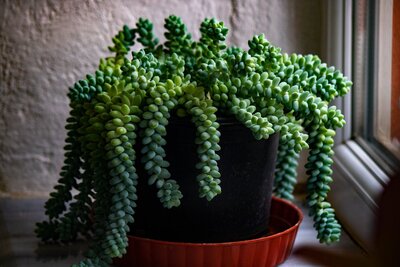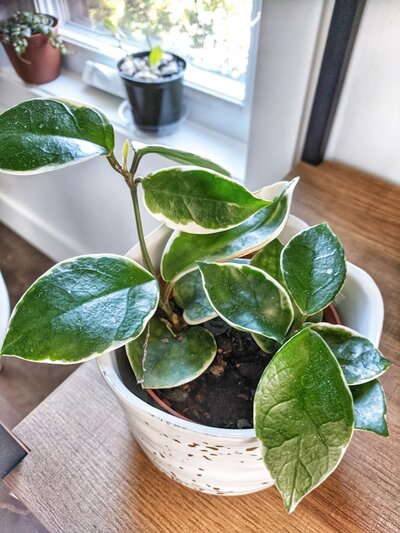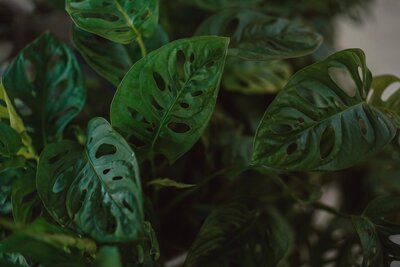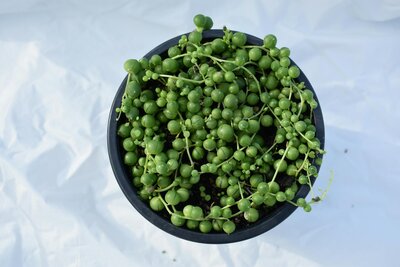Trailing Plants
Trailing Plants
Trailing and climbing plants add vertical interest and dimension to your plant collection. Whether cascading from hanging baskets, spilling over shelves, or climbing up trellises, these versatile plants make excellent use of vertical space.
About Trailing Plants
Trailing plants have evolved to grow along the ground or climb up other plants and structures in search of light. This growth habit allows them to thrive in various environments and makes them particularly versatile as houseplants.
As houseplants, trailing varieties generally:
- Adapt well to different light conditions (though most prefer bright, indirect light)
- Grow quickly compared to many other houseplants
- Propagate easily from stem cuttings
- Offer versatility in display options (hanging, climbing, or trailing along surfaces)
- Provide excellent coverage for bare walls or empty corners
From the classic Pothos and Philodendron to the striking String of Pearls and Hoya, trailing plants offer something for every home and care level.
Trailing Plants Collection
Trailing Plant Care Tips
Display Options
Trailing plants offer multiple display possibilities:
- Hanging baskets - Perfect for showcasing cascading growth
- High shelves - Allow vines to spill down walls or bookcases
- Climbing supports - Moss poles, trellises, or plant stakes encourage upward growth
- Wall planters - Create living wall art with trailing varieties
- Tabletop displays - Young trailing plants can be contained before they start to cascade
Training & Maintenance
Keep your trailing plants looking their best with these tips:
- Rotate hanging plants regularly to ensure even growth
- Gently secure vines to supports using plant ties, twine, or plant clips
- Trim leggy growth to encourage fuller, bushier plants
- Consider periodic pruning to maintain desired length and shape
- Use pruned sections for propagation to create new plants
Propagation
Most trailing plants are incredibly easy to propagate:
- Take stem cuttings with 2-3 nodes (the bumpy parts where leaves emerge)
- Remove lower leaves, leaving 1-2 at the top
- Place in water or moist soil (water propagation allows you to watch root development)
- Keep in bright, indirect light and maintain consistent moisture
- Roots typically develop within 2-4 weeks, after which water-propagated cuttings can be planted in soil
Common Issues
Watch for these common problems with trailing plants:
- Leggy growth - Often indicates insufficient light; move to a brighter location
- Yellowing leaves - May signal overwatering; allow soil to dry more between waterings
- Crispy leaf tips - Could indicate low humidity or underwatering
- Pest issues - Regularly inspect the undersides of leaves for common pests like spider mites or mealybugs
- Tangled vines - Periodically detangle and reposition vines to prevent matting









